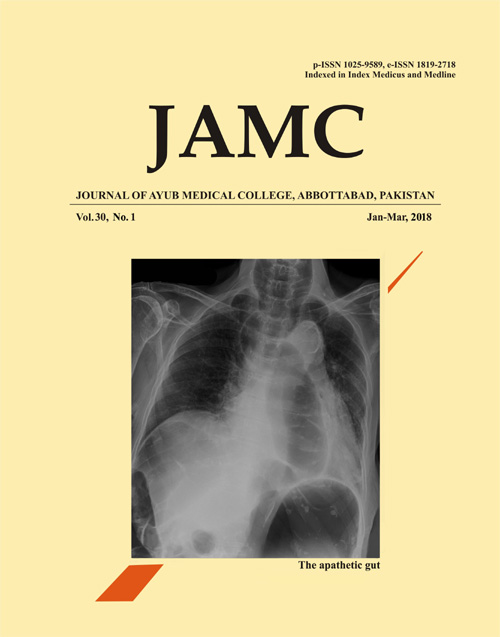LYMPHANGIOMA OF TONGUE
Abstract
A 12-year-old girl reported to our institution for the evaluation of an asymptomatic swelling on her tongue since birth. The swelling was painless although patient complained of difficulty in mastication and speech. No history of pus discharge and bleeding was associated with the lesion. Intra - oral examination revealed multiple popular lesions on the right side of her dorsum surface of tongue few papules were blood filled and few lesions had the same colour as normal mucosa. (Figure-1) On palpation the lesions were soft, non-tender and pebbly. Based on clinical features a preliminary diagnosis of lymphangioma was considered. An incisional biopsy was done and the tissue was subjected to processing and staining by haematoxylin and eosin stains. Histopathological evaluation of the tissue revealed numerous dilated lymphatic channels which were lined by single layer of endothelial cells with flattened to ovoid nuclei, filled by lymph and occasional inflammatory cells. (Figure-2) These dilated vessels were located just beneath the epithelium with no or little intervening connective tissue stroma separating it from overlying epithelium. Connective tissue stroma was fibro-cellular and showed focal areas of lymph collection (The overlying epithelium was parakeratinized stratified squamous epithelium. (Figure-3) Based on microscopical features, the diagnosis of lymphangioma was rendered. Lymphangiomas were first described by Virchow in 1854 as rare, benign, congenital malformation of unknown cause originates from lymph vessels.1 Lymphangiomas are considered to arise from sequestration of lymph sac and enlarge due to improper drainage, due to the lack of communication with the central lymphatic channels or because of the excessive secretion of lining cells.2 They are most commonly present at birth, and might go unnoticed until after dentition erupts or even after puberty. However, few cases have been reported in adults also.3 Histopathologically they can be classified in 4 different patterns.3,4References
Stanescu L, Georgescu EF, Simionescu C, Georgescu I. Lymphangioma of the oral cavity. Rom J Morphol Embryol 2006;47(4):373-77.
Neville BW, Damm DD, Allen CM, Bouquot JE. Oral and maxillofacial pathology. 3rd ed. Netherlands: Elsevier Inc; 2009.
Guelmann M, Katz J. Macroglossia combined with lymphangioma case report. J Clin Pediatr Dent 2003;27(2):167-70.
Bajpai M, Kumar M, Kumar M, Agarwal D. Pigmented Lesion of Buccal Mucosa. Case Rep Med 2014;2014:936142.
Downloads
Published
How to Cite
Issue
Section
License
Journal of Ayub Medical College, Abbottabad is an OPEN ACCESS JOURNAL which means that all content is FREELY available without charge to all users whether registered with the journal or not. The work published by J Ayub Med Coll Abbottabad is licensed and distributed under the creative commons License CC BY ND Attribution-NoDerivs. Material printed in this journal is OPEN to access, and are FREE for use in academic and research work with proper citation. J Ayub Med Coll Abbottabad accepts only original material for publication with the understanding that except for abstracts, no part of the data has been published or will be submitted for publication elsewhere before appearing in J Ayub Med Coll Abbottabad. The Editorial Board of J Ayub Med Coll Abbottabad makes every effort to ensure the accuracy and authenticity of material printed in J Ayub Med Coll Abbottabad. However, conclusions and statements expressed are views of the authors and do not reflect the opinion/policy of J Ayub Med Coll Abbottabad or the Editorial Board.
USERS are allowed to read, download, copy, distribute, print, search, or link to the full texts of the articles, or use them for any other lawful purpose, without asking prior permission from the publisher or the author. This is in accordance with the BOAI definition of open access.
AUTHORS retain the rights of free downloading/unlimited e-print of full text and sharing/disseminating the article without any restriction, by any means including twitter, scholarly collaboration networks such as ResearchGate, Academia.eu, and social media sites such as Twitter, LinkedIn, Google Scholar and any other professional or academic networking site.










